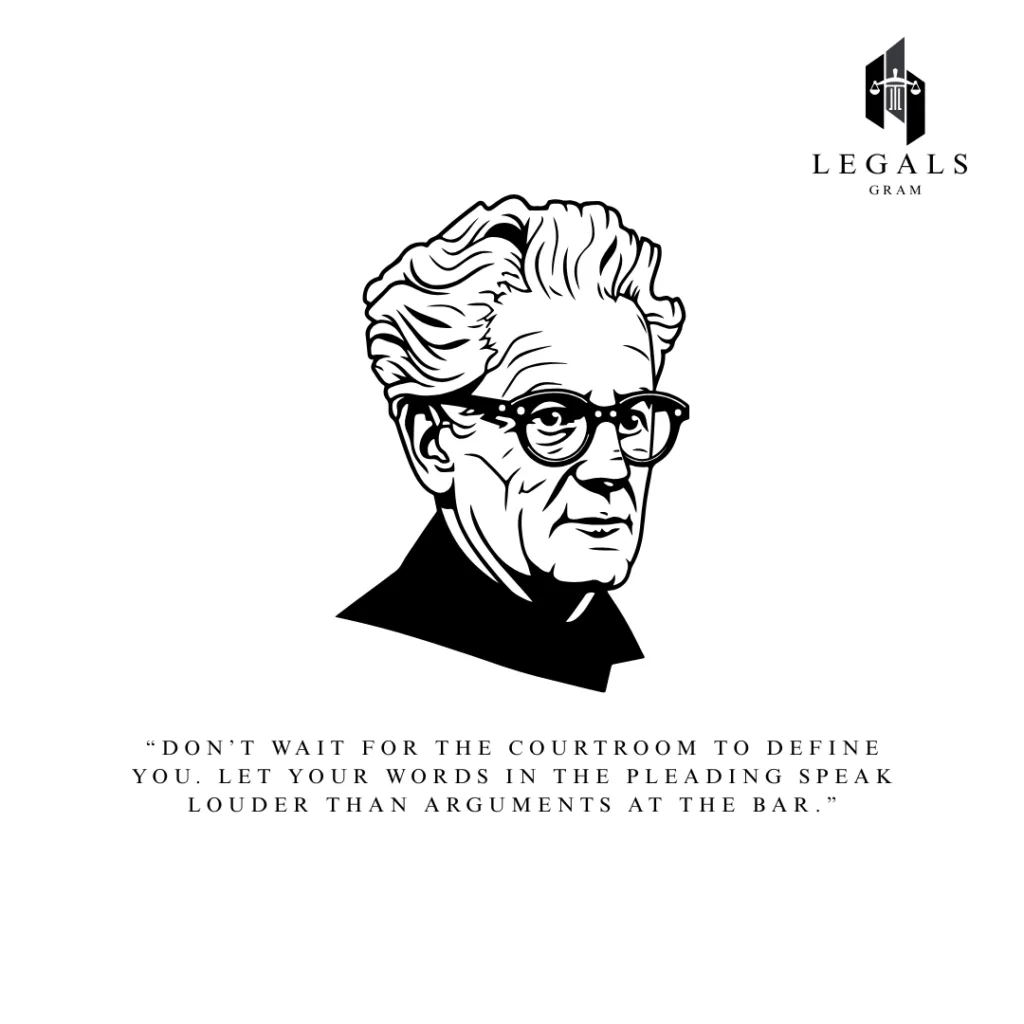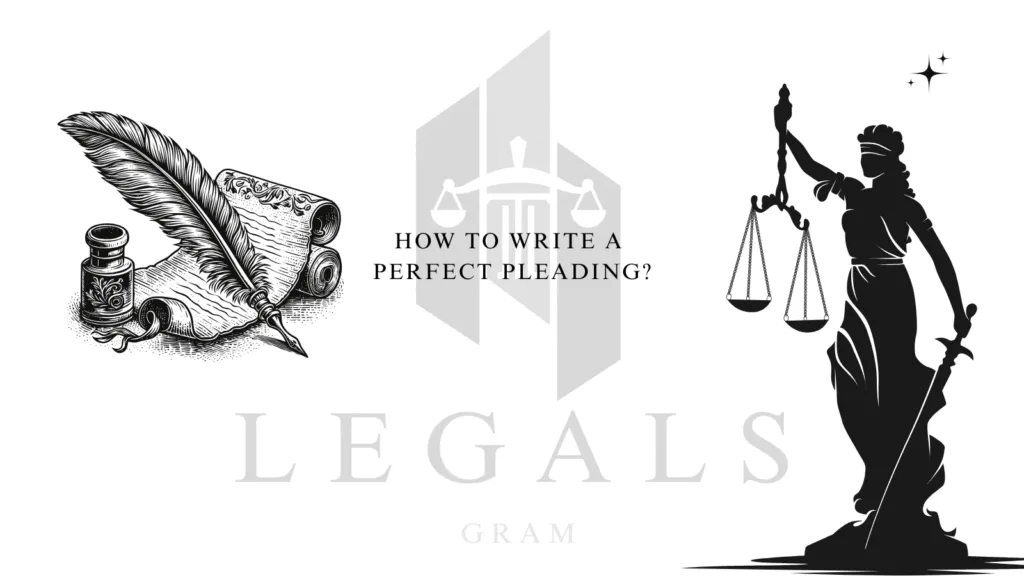I recall my first time in a court, when I could see a case dismissed even before it began. The attorney had not observed the elementary principles of pleading. The experience taught me the most important lesson that it is not enough to know the law but to present your case in a proper manner.
What Are Pleading Rules?
Consider pleading rules as the plan on how to bring a lawsuit. These are the formal requirements who inform you on the specific information to include in your legal documents. They exist in every court system, and frankly speaking, they may be overwhelming initially.
Federal courts are governed by the Federal Rules of Civil Procedure. The state courts have their own versions, although most of them have borrowed extensively on the federal model. These are not mere red tape, they have a purpose.
Why Codified Rules Matter
Here’s what these rules actually do for you:
They level the playing field. In the absence of clear standards, rich parties would subdue adversaries with incumbent paperwork. The regulations provide all with the identical format.
They force clarity. You need to put it clearly in your claim. No hiding the ball. No vague accusations. This protects both sides.
They save time. When everyone follows the same structure, judges can quickly understand what a case is about. Courts move faster when pleadings are proper.
The Basic Requirements
A complaint needs specific elements. Miss one, and you might lose before you begin.
Statement of jurisdiction. You must explain why this particular court can hear your case. The federal courts are not allowed to take any dispute they want unless it has a reason.
Statement of claim. This is where you tell your story. What happened? Who did what? When did it occur? You need enough detail that the other side knows what they’re defending against.
Prayer for relief. What do you want the court to do? Award money? Issue an order? Be specific about what you’re asking for.
I have witnessed people being the worst in the statement of claim. Instead, they either write a novel with every minute detail, or are so terse that nobody knows what the problem is. That balance is achieved through practice.

Notice Pleading vs. Fact Pleading
Courts desire varying degrees of details. Federal courts adopt notice pleading. This does not imply that you must not give sufficient information that informs the defendant of your claim. You need not vindicate it all out at the start.
There are courts in some states which mandate fact pleading. It is here that you need to provide further details of facts behind every aspect of your argument. The bar sits higher.
Two cases Twombly and Iqbal changed the situation at the Supreme Court. Even the federal courts now desire something stronger than bare-bone accusations. It must be plausible and not merely possible.
Common Mistakes People Make
Being too vague. Saying “the defendant was negligent” isn’t enough. How were they negligent? What did they do or fail to do?
Including too much. Save the evidence for trial. The pleading stage is for outlining your case, not proving it.
Missing deadlines. Courts are strict about timing. File late, and your case might be over.
Forgetting to sign. It sounds simple, but unsigned pleadings can be rejected. Some courts now require electronic signatures with specific formats.
How to Apply the Rules
Begin by reading the rules involved. In the federal court, you can find a copy of Federal Rules of Civil Procedure. Visit the local court site to find out what is required.
Take advantage of templates. The majority of courts give sample forms of regular cases. These are not always applicable in all of the situations, but they demonstrate to you what the format is likely to be.
Be honest and direct. The law penalizes any lawyer who makes claims that lack good-faith foundation. It means that you have done a reasonable investigation when you are signing a pleading.
The Real-World Impact
Good pleading safeguards your rights. I have seen cases that have succeeded and those that failed just because of the manner with which one adhered to these rules. Good claim fails due to poor drafting. A weak claim could go through when pleaded effectively.
Such regulations may appear to be technical, yet have solid reasons. They bring order to conflict. They ensure fairness. They assist justice to be run more easily. Precedent and Its Role in Contemporary Legal Drafting
Learn the system and you have the best opportunity to succeed.



